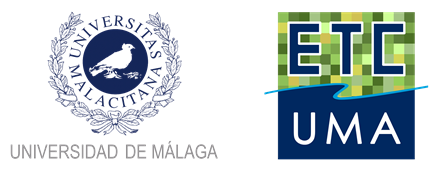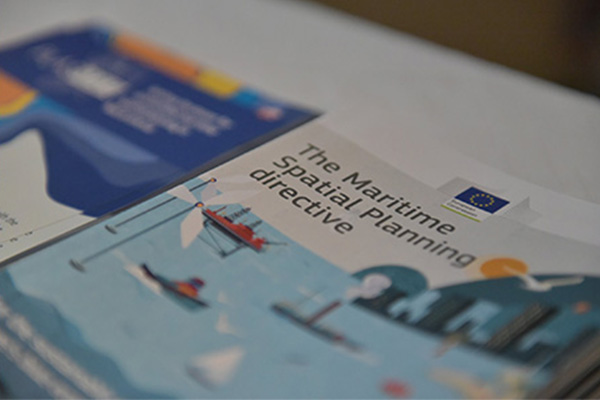On 15-16 June 2017, the European Topic Centre of the University of Malaga (ETC-UMA) participated in the EU Maritime Spatial Planning (MSP) Conference in St. Julian (Malta) to address Land- Sea Interactions and organised by DG-MARE under the European MSP Platform.
ETC-UMA presented the knowledge gained from previous and ongoing initiatives such as the European Seas and Territorial Development, Opportunities and Risks –ESaTDOR (ESPON), the Med Maritime Integrated Med-IAMER (MED Programme), and the PANACeA initiative on Biodiversity Protection (Interreg Med) projects.
Three interactive sessions encouraged lively discussions and exchange of experiences and best practices among MSP national, subnational experts and practitioners, where ETC-UMA highlighted the need to ensure a sea basin wide implementation of the MSP Strategy so that an ecosystem based approach is implemented, accompanied where needed by regional specifications addressed at a more local level.
During the session focusing on the Mediterranean Sea basin, ETC-UMA stressed the need to capitalize and build upon existing best practices with a transferability potential. Ongoing initiatives such as the AMAre Interreg Med project which is developing guidelines for multiple stressors assessments and early warning indicators of regime shifts is an example that should be taken into consideration. The POSBEMED project efforts to raise awareness on the need to maintain the seagrass leaves of Posidonia Oceanica on the beach as part of the coastal ecosystems was also featured. Keeping the banquettes system of posidonia is a nature-based solution to reduce sand and dune erosion and help coastal beach management. Both projects are being implemented under the wider Interreg Med PANACeA initiative for Biodiversity Protection in the region, led by ETC-UMA.
For those interested, all the presentations at the MSP event can be downloaded here, and the photos taken during the course of the two days are can be found here. You are also invited to take a look at the conference programme (including the speakers’ bios), the participants list and the conference briefing paper. A conference summary report will follow shortly, including the reports of the interactive sessions.



